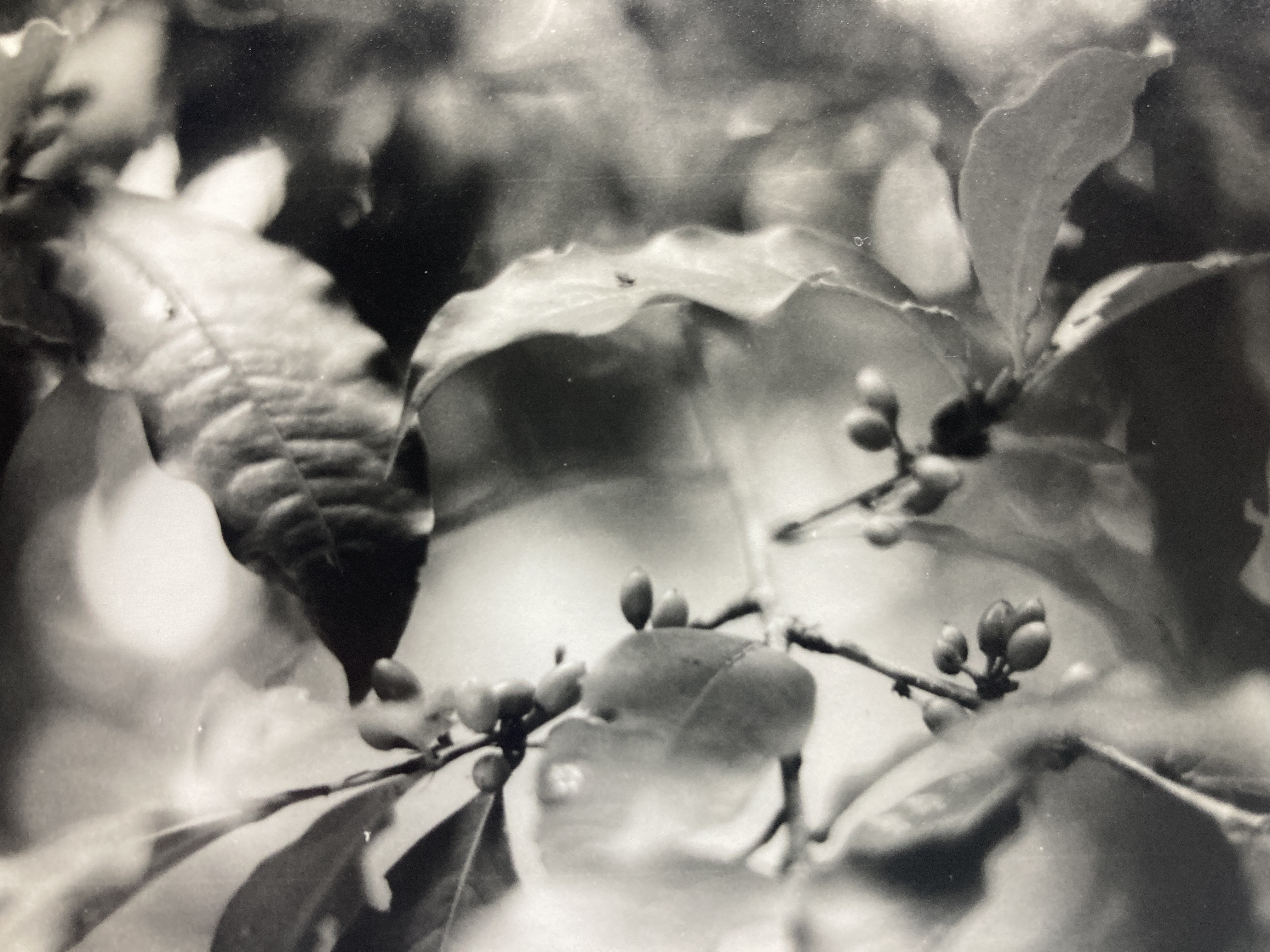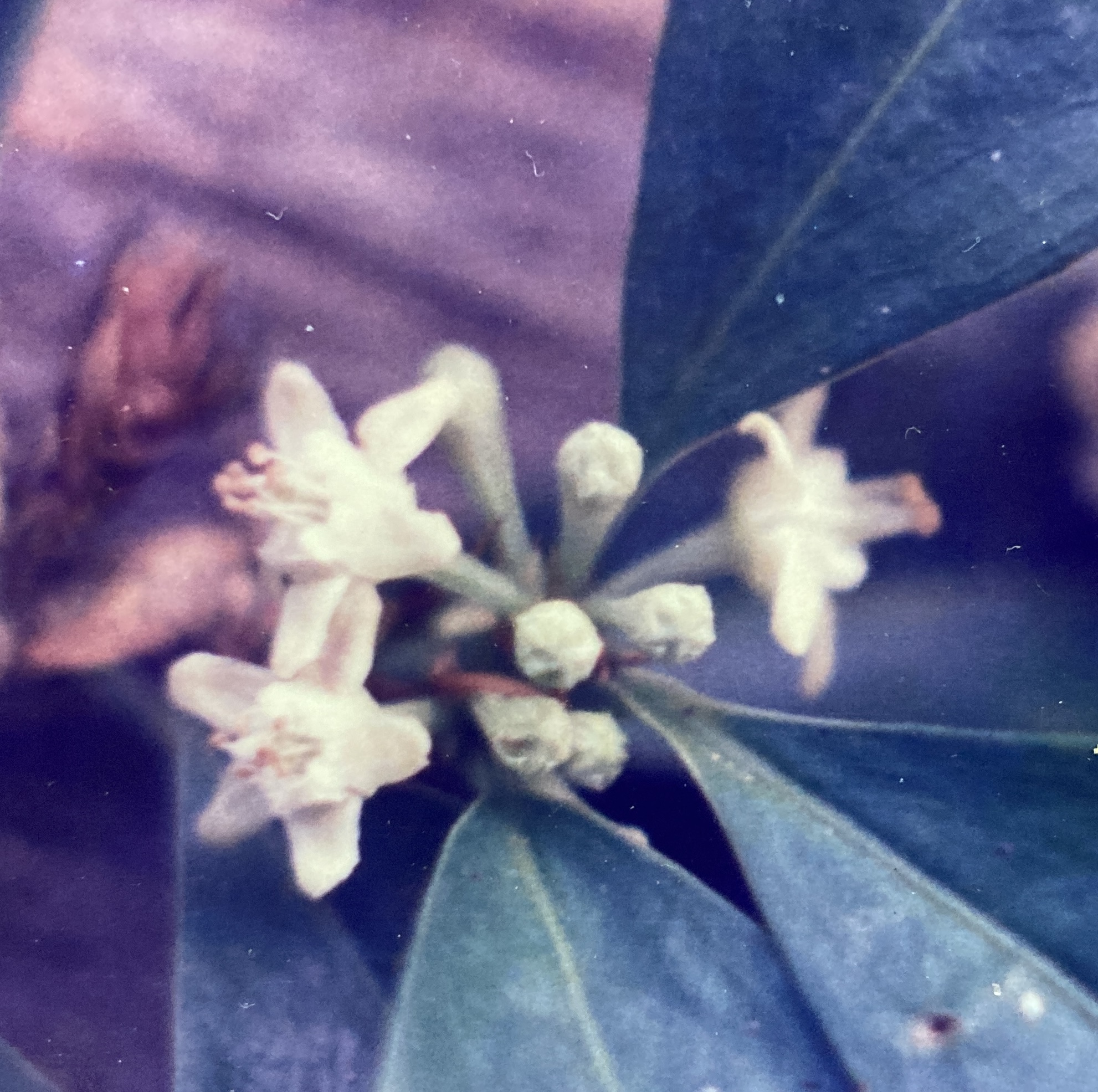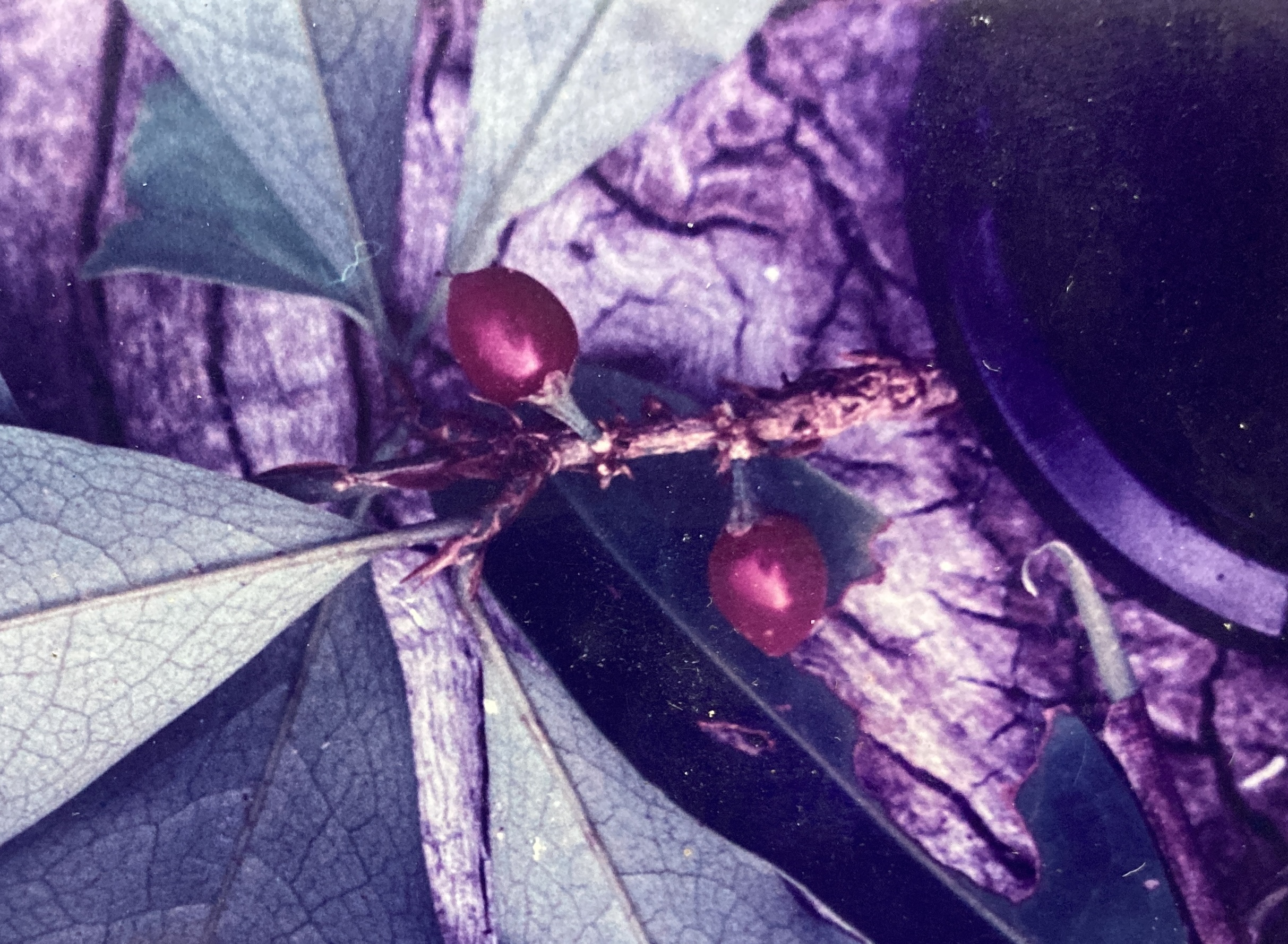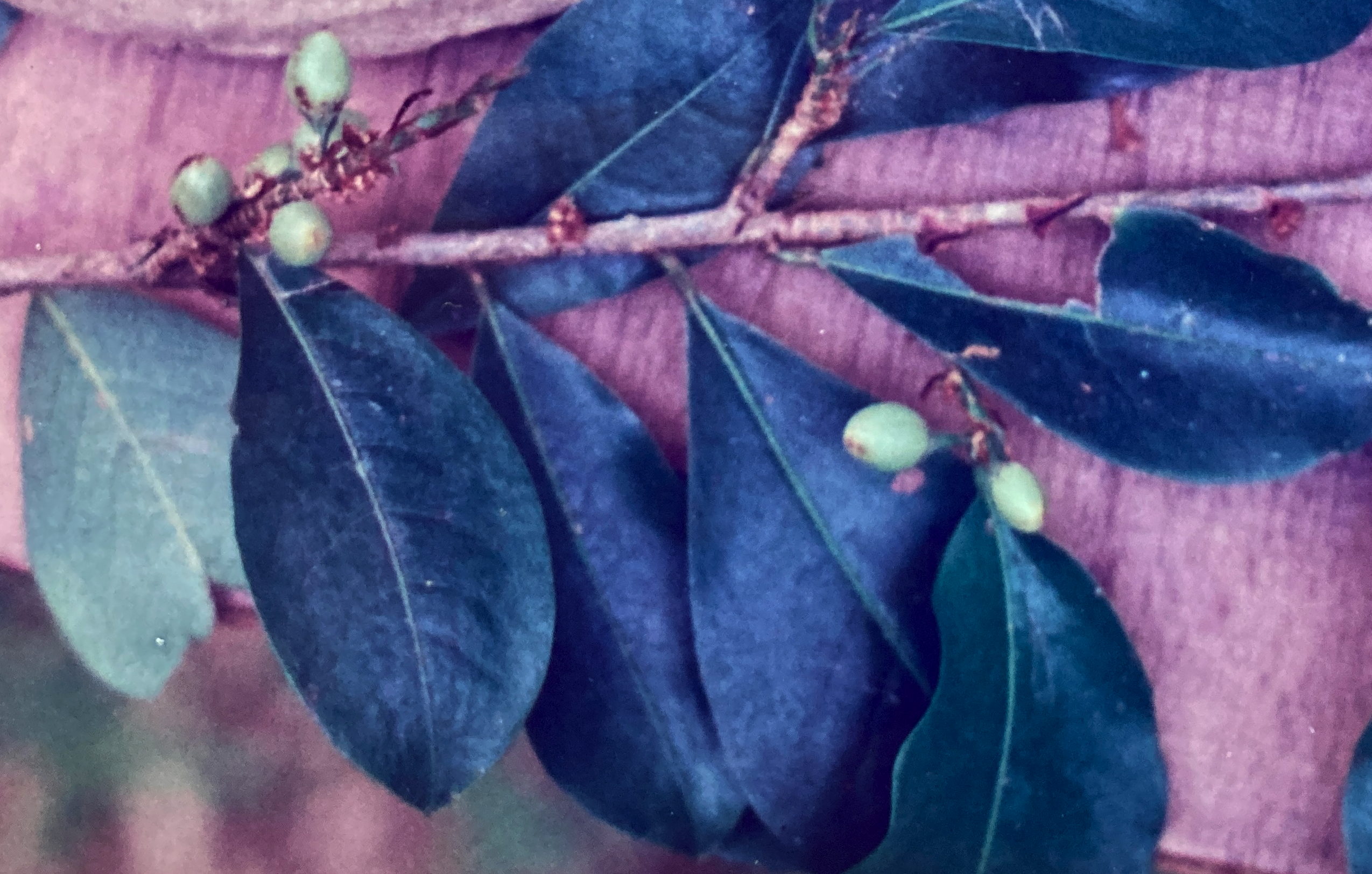Erythroxylum lucidum H.B.K.
Common evergreen treelet (2-5 m) found mostly on hills and ridges with well drained, relatively dry soils. This tree’s most notable features are its small, scarlet red fruits and its close genealogical proximity to the Cocaine plant (E. coca), with which it shares many vegetative characteristics.
Description: The small trunk (10 cm) is cylindrical and covered with dark brown, smooth bark. Branching occurs along the upper two-thirds of the bole and these extend outwards – horizontally – from it. For a treelet, Erythroxylum has a well developed crown of moderate density, though it is quite narrow. The relatively small, thin and papery leaves are quite variable in size, ranging from 6-9 cm in length and 2.5-4 cm in width. They are smooth, simple, alternate and possess short petioles (0.5 cm). Leaf blades are elliptical or slightly oblanceolate and end in sharp, well-developed drip-tips. Each leaf axil sports a prominent, brown, papery stipule as well. New leaves are added to the old foliage (without coincident leaf loss) in November and December.
Flowers (8 mm in diameter) are produced in compact axillary racemes. Showing strong pentagonal symmetry, they are composed of five small green sepals; five white petals; ten short, yellow stamens (whose filaments are fused into a ring); and a three-part central pistil. Flowering occurs annually, from late March through April, and is well synchronized.
Fruits (1 cm) develop as green, football-shaped drupes with reddish longitudinal striations. During ripening, they pass from green to yellow and finally end a striking blood-red color. The plump, juicy berries – borne on a prominent green stalk – contain one large, thin-skinned, pale seed (8 mm by 5 mm). The slow, extended harvest begins in July and lasts through September.
Similar Species: In Manuel Antonio National Park (MANP), there are few other true treelets with extensive branching that remain as small as does E. lucidum. The brown, papery stipules that this tree maintains at all times of the year allow for its positive identification.
Natural History: Flowers are pollinated by insects and fruits are eaten and dispersed by birds.
Uses: The leaves of E. coca and E. novagranatense contain the active alkaloid chemical agent that, once extracted and purified, becomes cocaine (Humphries, 1978). The Incans have long used E. coca as a stimulant and a numbing agent (to help lessen the discomforts of the cold weather typical of the high Andes) by chewing on its leaves and absorbing very low amounts of the chemical. The same alkaloid is present in all species of the Erythroxylum genus, including E. lucidum, but in very much smaller amounts.
Distribution: In Costa Rica, Erythroxylum is also known from Braulio Carrillo National Park and the Isla de Cano, where it grows in abundance. The tree has also been collected in Peru.
Images: Leaf Flower Leaf&Fruit Fruit Fruit2




